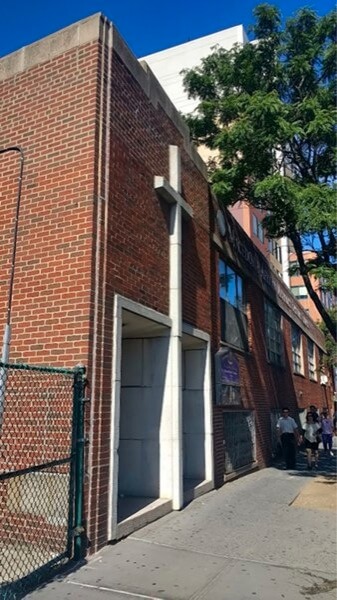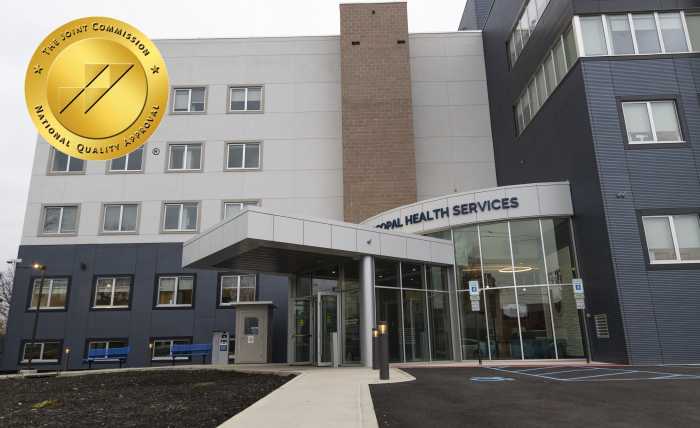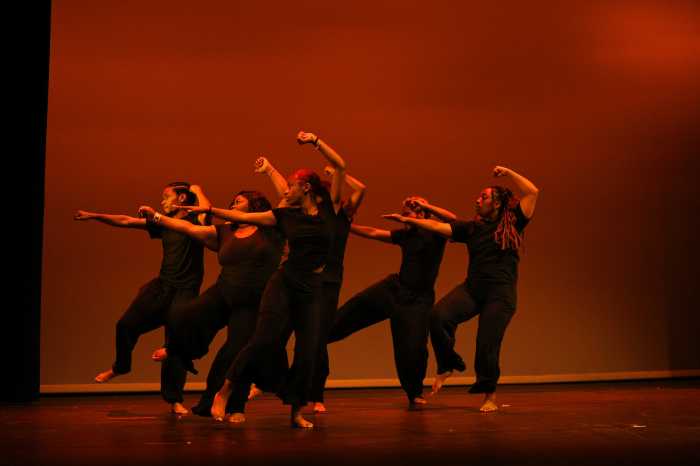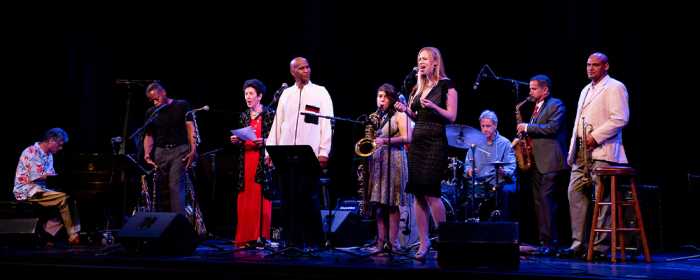By Annabelle Blair
In the midst of the $1 billion Flushing Commons project on Union Street in Flushing, community members are worried about the fate of the Macedonia African Methodist Episcopal Church and the human remains they believe are buried on the property.
Dr. Richard McEachern, the minister, told a Community Board 7 meeting on Nov. 9, 2015 that the church would be torn down and replaced by a new, but not “oversized” church, according to the meeting minutes. No construction plans have been disclosed publicly or at quarterly church meetings, however, according to church members. McEachern is a member of the community board.
Jim Driscoll, a member of the Queens Historical Society, said he is concerned about the human remains mentioned in an archeological report, originally created in 1988 and confirmed in 2006 by Historical Perspectives Inc., a firm that conducts cultural and archeological research.
The extensive report determined that “current A.M.E. Church property must be considered sensitive for possible human remains.” It also recommended a 15-foot perimeter around three sides of the church to prevent disturbance of potential grave sites connected to Flushing’s historical African-American community.
The recommended perimeter behind the church was dismissed in 2011 when a new archeological report uncovered no human remains during testing. The 2011 report, Macedonia Plaza Development in Flushing, was prepared for BRP Macedonia Plaza Developers LLC by the environmental and engineering firm Allee King Rosen & Fleming.
Founded in 1811, the church, located at 37-22 Union St., is over 200 years old and is the third oldest church in Flushing. It is a part of the Flushing Freedom Mile, which recognizes landmarks connected to the Underground Railroad and anti-slavery movement. The Macedonia Church has been meeting at a “temporary location” in Jamaica since December 2015, according to its Facebook page.
McEachern’s statement confirming construction appeared to contradict a statement made by Queens Borough President Melinda Katz earlier that year in July 17, 2015. At that time Katz quelled rumors that the church would be torn down, saying no such plans existed.
Jay Williams, the church historian, recently said church members voted sometime between June and July 2015 on a proposal presented by McEachern to replace the church with a 14-story building. According to Williams, the congregation was promised two floors of the new building.
Although contested, the vote passed, according to Williams. Repeated attempts by the TimesLedger to retrieve a record of the vote and to speak to McEachern were unsuccessful. When asked about the construction plans, Mary Mootoo, head of the church’s trustee board, refused to comment.
Ron Smith, a member of the church and volunteer Sunday school teacher, said he remembers a similar vote occurring a couple of years ago. He said church members voted to “go forward with building a new church.” Based on his attendance at the church’s last quarterly meeting this summer, Smith said he understood the church was ready to break ground “imminently.” He said members were not given a time frame and he was unsure how soon the construction would take place.
Human remains were discovered on church property in 1931 during a rebuilding of the church’s foundation, according to the 2011 archeological report. It noted a newspaper report that claimed the minister at that time had the remains “reburied in a walkway alongside the church.” According to the archeological report, McEachern said the “remains currently reside beneath the church sanctuary,” in a conversation with the report’s authors on Oct. 13, 2011.
“I know the remains are there because my father helped them bury them,” said Williams, who has been a member of The Macedonia Church for most of his life.
Mitchell Grubler, chairman of the Queens Preservation Council, said the ultimate responsibility of deciding what happens to The Macedonia Church lies with the minister and trustees, as the owners of the property. He forwarded McEachern the archeological report detailing the possibility of human remains in July or August this year, but has not received a response.
“We’re concerned that the property has become very valuable,” Grubler said. “The fact of what’s going up around it—it’s our concern that the property may be in danger.”
Flushing Commons, a $1 billion project on 38-08 Union St., will border the south and west sides of the church upon completion. Macedonia Plaza, a low-income housing development that cost nearly $50 million and opened in 2015, is adjacent to The Macedonia Church.
According to Smith, the church’s minister and board of trustees are solely in charge of the details. He believes God is in control, however, and whatever takes place will benefit the church.
“We’ve been there 200 years, and all kinds of opposition came against us,” Smith said. “And we’re still there.”
The initial 1988 archaeological report and its 2006 addendum, which raised the possibility of human remains on church property, was required by the city Landmarks Preservation Commission. Ali Rasoulinejad, current director of community and intergovernmental affairs at the LPC, said the LPC could not confirm or deny construction plans to tear down or replace The Macedonia Church because the church is not landmarked property and remains outside the LPC’s jurisdiction.
Williams said he had contacted Rev. Gregory Ingram, the Macedonia AME Church’s district bishop, with his concerns about the fate of the church twice since the church stopped meeting at the site in Flushing. His questions were not answered. According to Williams, Ingram began asking him whether he went to the church or donated during their second phone conversation.
“It really is a ‘good old boys’ club,’” he said.
Ingram did not respond to repeated attempts to contact him for comment.
Bayside resident Mandingo Tshaka, who was baptized in the church and began attending in 1935, said he could not understand why there had been no effort to preserve the church as a historical landmark, similar to Friends Meeting House and St. George’s Episcopal Church, also on the Flushing Freedom Mile.
“There’s nothing there that can’t be corrected and repaired,” Tshaka said.



































